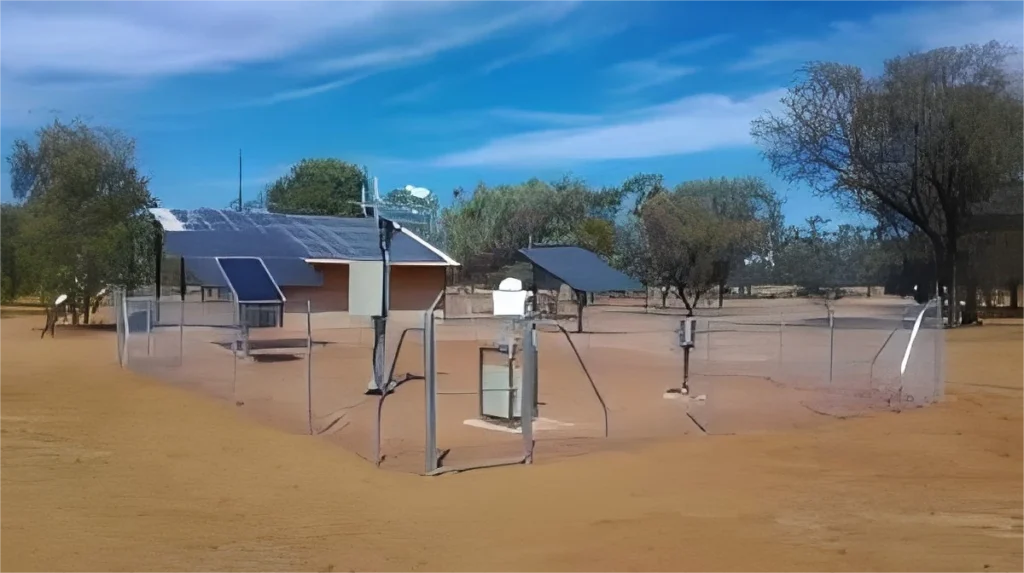
# Disadvantages of Automatic Weather Stations
Automatic Weather Stations (AWS) have revolutionized the way meteorological data is collected, providing real-time and accurate weather information. However, despite their numerous advantages, AWS also come with several disadvantages that can impact their effectiveness and reliability.
## High Initial Cost
One of the primary disadvantages of automatic weather stations is their high initial cost. Setting up an AWS requires significant investment in equipment, installation, and calibration. The sensors, data loggers, and communication systems are expensive, making it difficult for smaller organizations or developing countries to afford them.
## Maintenance and Calibration Requirements
AWS require regular maintenance and calibration to ensure accurate data collection. Over time, sensors can degrade due to environmental factors such as dust, moisture, and extreme temperatures. Without proper maintenance, the data collected may become unreliable, leading to incorrect weather predictions and analyses.
## Dependency on Power Supply
Most automatic weather stations rely on a continuous power supply to operate. In remote or off-grid locations, this can be a significant challenge. Power outages or failures can disrupt data collection, leading to gaps in weather records. While some AWS are equipped with solar panels or backup batteries, these solutions may not always be sufficient, especially in areas with limited sunlight.
## Limited Sensor Lifespan
The sensors used in AWS have a limited lifespan and may need frequent replacement. Factors such as exposure to harsh weather conditions, corrosion, and mechanical wear can reduce their effectiveness over time. Replacing sensors can be costly and time-consuming, adding to the overall operational expenses of maintaining an AWS.
## Data Transmission Issues
Automatic weather stations often rely on wireless communication systems to transmit data to central servers. However, in areas with poor network coverage or during severe weather conditions, data transmission can be interrupted. This can result in incomplete or delayed data, affecting the accuracy of weather forecasts and climate studies.
## Vulnerability to Environmental Damage
AWS are often installed in exposed locations to ensure accurate measurements. However, this makes them vulnerable to environmental damage from storms, lightning, vandalism, or wildlife. Repairing or replacing damaged equipment can be expensive and may lead to prolonged periods of data loss.
## Lack of Human Oversight
While automation reduces the need for human intervention, it also means that potential errors or malfunctions may go unnoticed for extended periods. Human observers can identify and correct anomalies in real-time, whereas AWS rely on pre-programmed algorithms that may not always detect irregularities.
## Conclusion
Despite their disadvantages, automatic weather stations remain a valuable tool for meteorologists and researchers. However, it is essential to address these challenges to improve their reliability and longevity. Investing in better technology, regular maintenance, and robust power solutions can help mitigate some of the drawbacks associated with AWS.